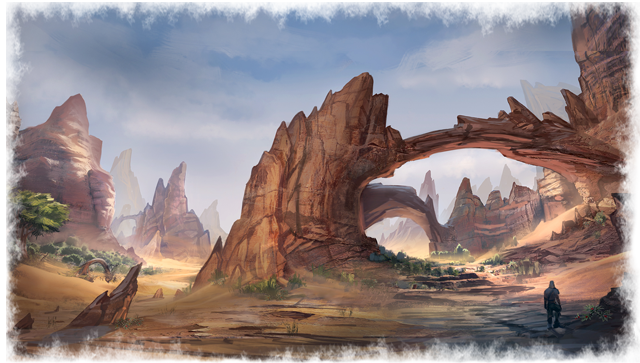

Marayur, there are dozens of dolmens belonging to the Stone Age and Iron Age.Tapaswi Maradi is at a distance of 5 km from Gokak Falls. Konnur (Tapaswi Maradi) has more than 3 dolmens.Hirebenakal is reported to be the largest necropolis among the 2,000 odd megalithic sites found in South India, most of them in the state of Karnataka. Known locally (in the Kannada language) as Elllu Guddugulllu (or 'the seven hills'), their specific name is Moryar Guḍḍa (or 'The hill of the Moryas"). Dated to the 800 BCE to 200 BCE period, it contains roughly 400 megalithic funerary monuments, that have been dated to the transition period between the Neolithic period and the Iron Age. Hire Benakal or Hirebennnukullu (ಹಿರೇಬೆಣಕಲ್ಲು in Kannada) is a megalithic site in Koppal district, some 10 kilometres (6.2 mi) west of the town of Gangavati.Dolmen site on the Pandavar Gudda Hill is 7 km (4.3 mi) from Somwarpet towards Shaniwar Sante in Madikeri ( Coorg) district. Lord Shiva's Betta Byraveshwara Temple is located atop Pandavar Gudda Hill. Pandavara Betta is at a distance of 35 km from Sakleshpur. Pandavara Betta (Pandavar Gudda hill) has more than 50 dolmens.Dannanapeta megalithic dolmen near Amadalavalasa town, world's large single capstone dolmen with 36 ft in length and 14 ft in width and 2 ft thickness, is of early Iron Age.List of dolmens in India, from north to south, is. See also: Archaeology in India and List of menhirs in India They are linked to similar monuments found on the Korean Peninsula and the Liao River basin. The dolmens have been dated to the fifth century BCE and total more than 80. China Ī large group of dolmens along the Huifa River in Jilin Province were listed as a Major Historical and Cultural Site Protected at the National Level in 2006. The Dolmen City was pillaged and sacked by Scythian invaders in the early first millennium BC. Trade of these objects was done with Persia, Assyria, Egypt and Crete. Supposedly the dolmens were used to hide and protect metal objects: gold, silver, bronze, jewels and some other treasure. The dolmens were vaults or safes of stone, with a narrow circular entrance that could be tapped with a round screw of stone. This great city of dolmens was built along the shores of the Black Sea from Maykop down to Sochi. These dolmens are related to the Maykop culture. Over 3,000 dolmens and other structures can be found in the North-Western Caucasus region in Russia, where more and more dolmens are discovered in the mountains each year. See also: Dolmens of North Caucasus and Dolmens of Abkhazia


 0 kommentar(er)
0 kommentar(er)
